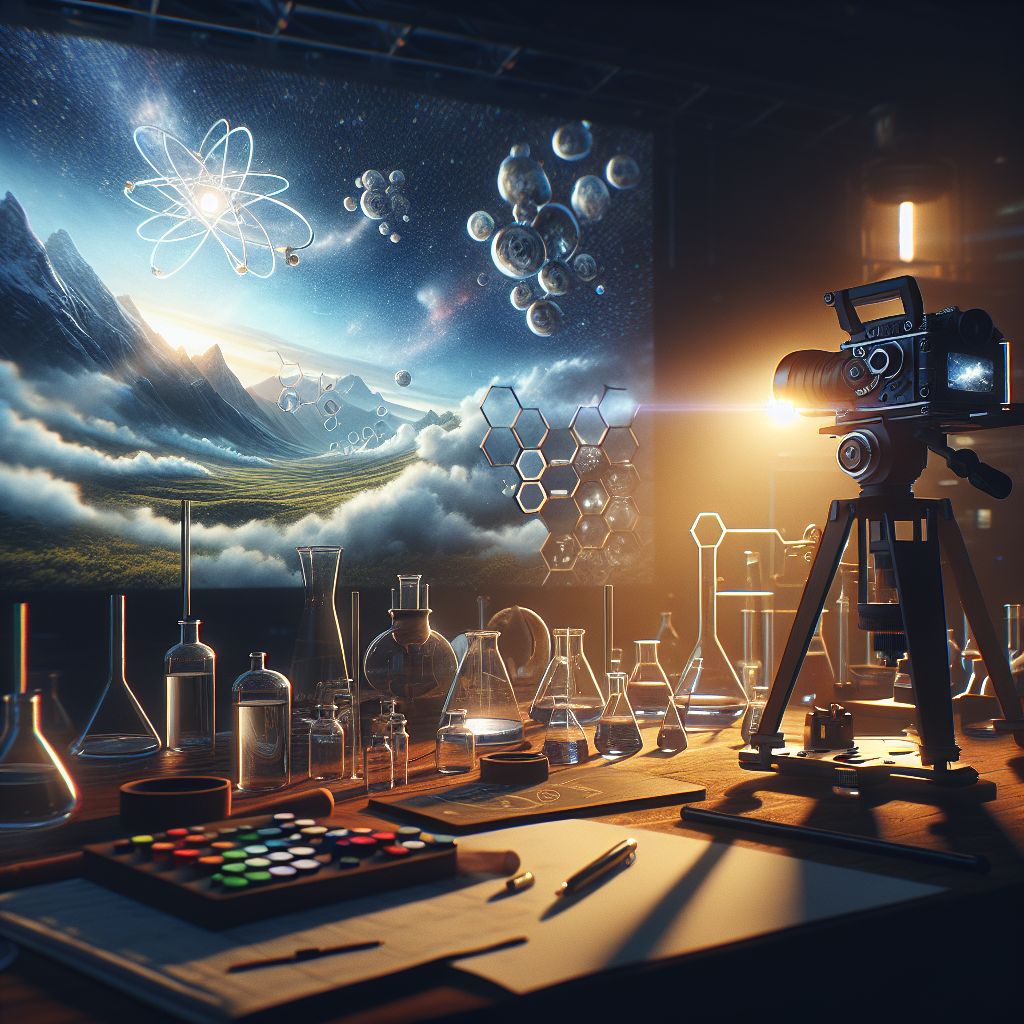Adaptable Nano-ball Coatings for Lunar Dust Mitigation
-
Table of Contents
Adaptable Nano-ball Coatings for Lunar Dust Mitigation
Lunar dust, also known as regolith, poses a significant challenge for future lunar missions and the establishment of sustainable human presence on the Moon. The fine particles of lunar dust can cause damage to equipment, interfere with solar panels, and even pose health risks to astronauts. To address this issue, scientists and engineers have been exploring innovative solutions, and one promising approach is the use of adaptable nano-ball coatings.
The Challenge of Lunar Dust
Lunar dust is a pervasive problem on the Moon. It is created by the constant bombardment of micrometeoroids on the lunar surface, which breaks down rocks and creates fine particles. Unlike Earth’s soil, lunar dust lacks organic matter and is highly abrasive. It sticks to surfaces, penetrates seals, and can cause mechanical wear and tear on equipment.
During the Apollo missions, astronauts encountered the challenges posed by lunar dust firsthand. The abrasive nature of the dust caused damage to their spacesuits, resulting in leaks and potential contamination. The dust also clung to their equipment, making it difficult to operate and potentially compromising the functionality of critical systems.
Introducing Adaptable Nano-ball Coatings
Adaptable nano-ball coatings offer a promising solution to mitigate the effects of lunar dust. These coatings consist of tiny, hollow spheres made of a durable material such as silica or polymer. The nano-balls are designed to be highly adaptable, with the ability to change their surface properties in response to external stimuli.
When applied to surfaces, the nano-ball coatings create a protective layer that prevents lunar dust from adhering to the surface. The hollow structure of the nano-balls allows them to trap and encapsulate the dust particles, preventing them from causing damage or interfering with equipment functionality. The adaptability of the coatings ensures that they can withstand the harsh lunar environment and continue to provide effective dust mitigation over extended periods.
Case Study: NASA’s Lunar Dust Mitigation Experiment
In a recent experiment conducted by NASA, adaptable nano-ball coatings were tested for lunar dust mitigation. The experiment involved applying the coatings to various surfaces, including solar panels and spacesuit materials, and subjecting them to simulated lunar dust conditions.
The results were promising. The nano-ball coatings effectively prevented lunar dust from adhering to the surfaces, maintaining the functionality of the solar panels and reducing the wear and tear on the spacesuit materials. The adaptability of the coatings allowed them to withstand the extreme temperature variations on the Moon and continue to provide effective dust mitigation throughout the experiment.
The Benefits of Adaptable Nano-ball Coatings
The use of adaptable nano-ball coatings for lunar dust mitigation offers several benefits:
- Enhanced equipment functionality: By preventing lunar dust from adhering to surfaces, the coatings ensure that critical systems and equipment can operate efficiently without interference.
- Extended equipment lifespan: The reduced wear and tear caused by lunar dust can significantly extend the lifespan of equipment, reducing the need for frequent repairs or replacements.
- Improved astronaut safety: By minimizing the risks associated with lunar dust, such as contamination and health hazards, adaptable nano-ball coatings contribute to the safety and well-being of astronauts.
- Sustainable lunar missions: The use of adaptable nano-ball coatings can enable longer-duration lunar missions by reducing the maintenance requirements and increasing the reliability of equipment.
Summary
Lunar dust mitigation is a critical challenge for future lunar missions, and adaptable nano-ball coatings offer a promising solution. These coatings, with their ability to prevent lunar dust from adhering to surfaces and their adaptability to withstand the harsh lunar environment, can enhance equipment functionality, extend equipment lifespan, improve astronaut safety, and enable sustainable lunar missions. The recent NASA experiment showcased the effectiveness of these coatings, paving the way for their implementation in future lunar missions. With continued research and development, adaptable nano-ball coatings have the potential to revolutionize lunar dust mitigation and contribute to the success of humanity’s exploration and habitation of the Moon.





